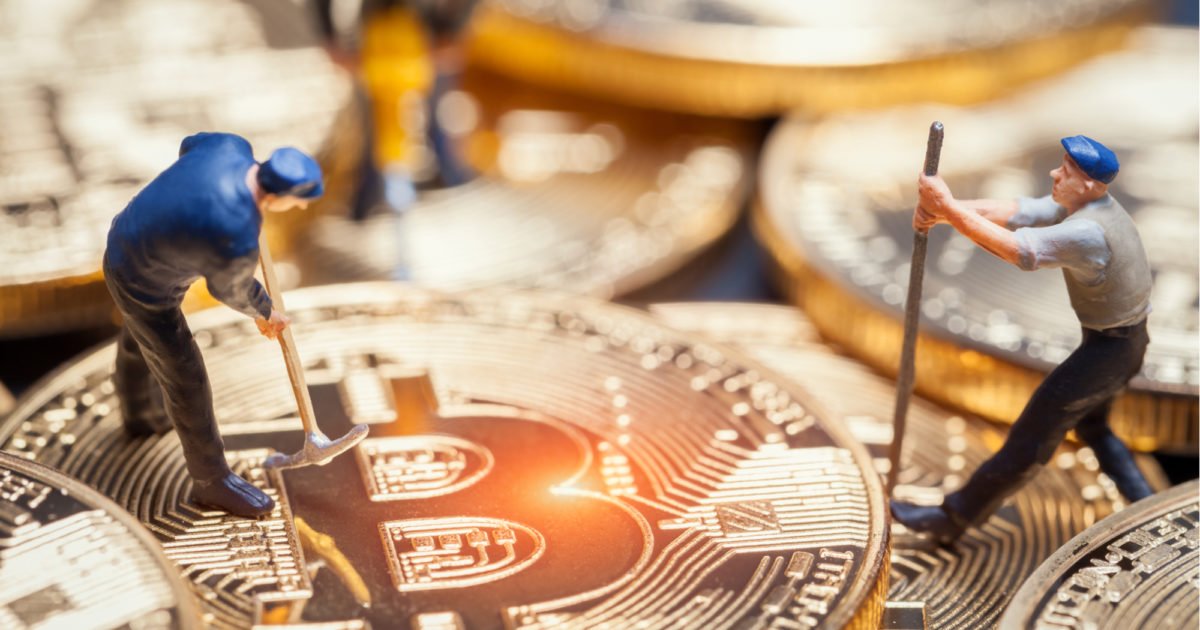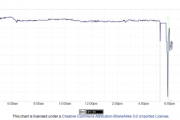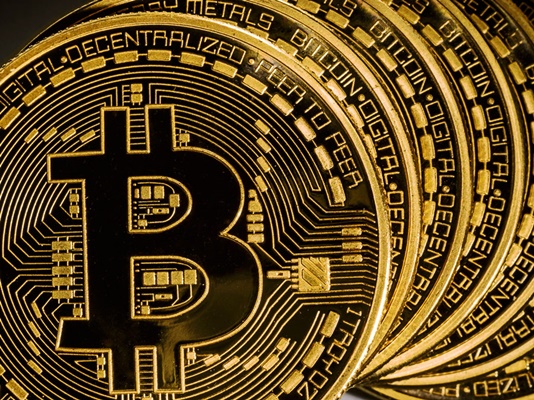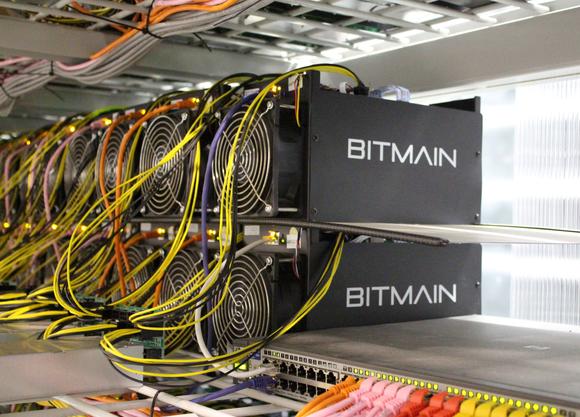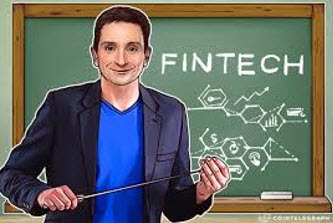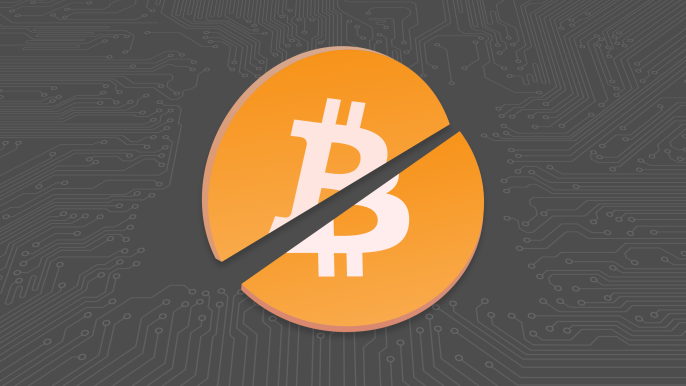Blockchain has been likened to the “second generation” of the internet. The technology, including digital assets such as coins, tokens and related derivatives, has the potential to disrupt traditional business models and investment paradigms.
With more and more large financial institutions already involved with bitcoin and similar assets, it may not be long before mutual funds jump on the blockchain bandwagon. In the not-too-distant future, funds may invest in blockchain-related assets, such as cryptocurrencies or related derivatives, or fund service providers may use blockchain technology.
To stay current with these market developments, fund directors should understand the basics of blockchain, digital assets and cryptocurrencies. In this article, we summarize some of these basics and questions you should consider asking.
What is Blockchain?
Blockchain (also known as distributed ledger technology, or DLT), in theory, allows almost anyone with a computer, an internet connection and the right computer program to effect and verify a transaction on a “public ledger.” Before this technology was available, a single trusted record keeper, such as a bank or a transfer agent, would maintain a single master ledger (a “golden copy”) to effect and record a transaction. For example, when an investor wires money to a financial intermediary, which in turn wires the purchase proceeds to a fund’s distributor to buy shares of the fund, a ledger exists at each step. The outgoing wire creates a ledger entry, the receipt creates a ledger entry, and the sale of shares creates a ledger entry. These ledgers are all, however, privately maintained, often with interfaces for outsiders.
Source/More: Fund Directors: Making Heads or Tails of Blockchain – 10/25/2018


